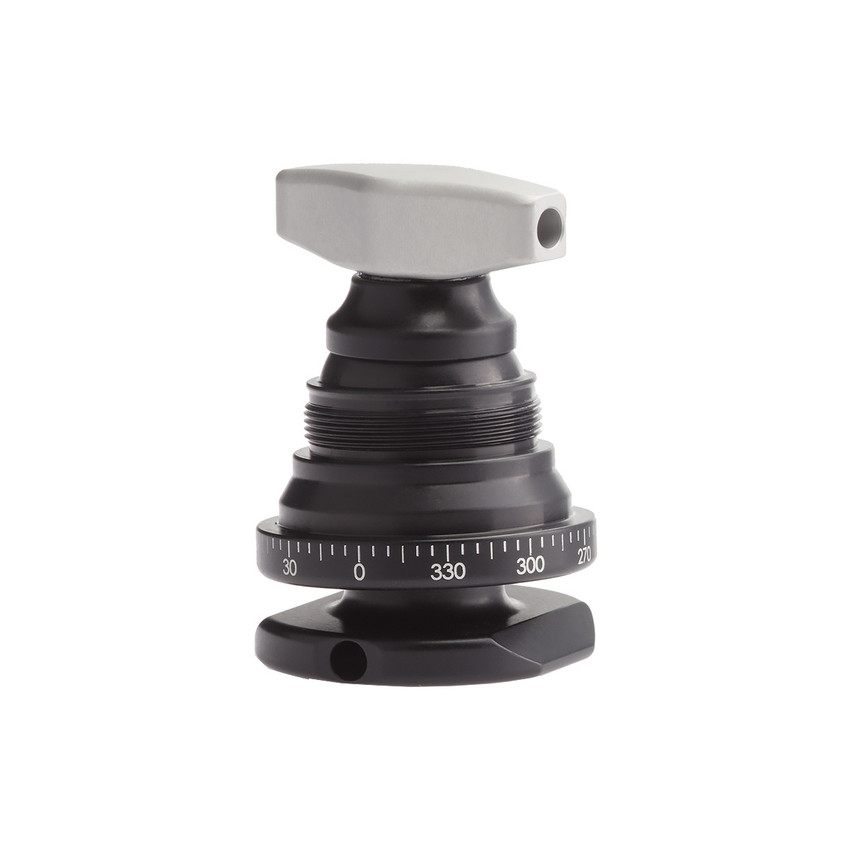All Gimbal Heads
-
 $785.00
$785.00 -
 $255.00
$255.00 -

Gimbal Head Carry Case
Colors Available$60.00 -

PG-01: Leveling Conversion Kit
Colors Available$95.00
